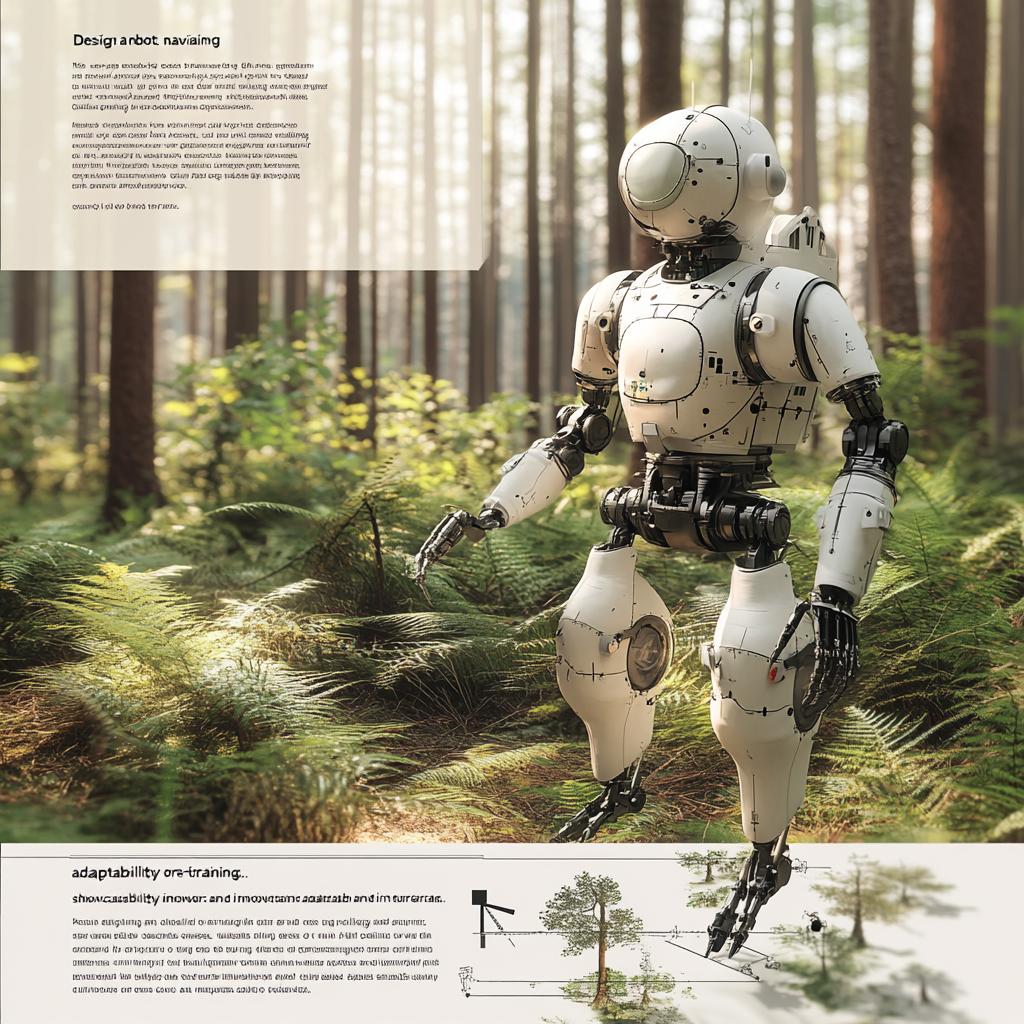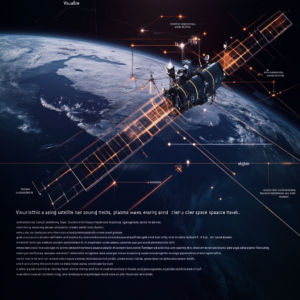
Robots Master Complex Terrain with Zero-Shot Strategy
Navigating through our fast-paced world, we often find ourselves caught in the endless whirlwind of technological advancement and innovation. Imagine a universe where robots dash through rubble in search of survivors, all without breaking a sweat or relying on a bouquet of expensive sensors. Welcome to the future of robotic navigation, dubbed the "zero-shot strategy," which is essentially the cool kid in the tech neighborhood, strutting down the road, full of flair and promise.
So, what exactly is this zero-shot strategy? It’s a brainchild of robotic geniuses Joseph Humphreys from the University of Leeds and Chengxu Zhou from University College London. This revolutionary method has been highlighted in a paper that makes its home on the arXiv preprint server, and let me tell you, it’s shaking the foundations of traditional robotic navigation. Picture this: rather than stuffing robots full of convoluted algorithms and a spaghetti of sensors, we’re now teaching them to learn on the fly, right in the thick of it, without any prior training on rough terrain. Yup, you read that right.
Now, let’s dig into the essentials. Remember how, not too long ago, robots were like clueless tourists in a foreign country, needing a detailed map and a personal guide? Well, the zero-shot strategy has tossed off that cumbersome backpack. You see, it relies on deep learning and reinforcement training, turning the learning process on its head. We’ve moved past these old-school methods that depended like leeches on specific gait strategies. Contemporary quadruped robots equipped with zero-shot capabilities can adjust to different terrains dynamically. We're talking about a level of dexterity and intelligence that would make even the most accomplished gymnast green with envy.
But wait; here's the kicker. Traditional robotic systems employ an arsenal of sensors, akin to a modern-day Swiss Army knife, which are cumbersome and fragile. If you’ve ever seen a robot topple over because it bumped into an unforeseen obstacle, you’ll appreciate the brilliance of this zero-shot strategy. No extra sensors are needed! Get this: this bold approach keeps costs down and fractures the barriers surrounding robotic applications. This means sleek robotics for search and rescue missions, Mars exploration, and micro-robotics that can flit about in tiny spaces—think less “Iron Giant” and more “ant-sized superhero.”
It's not just about sensors and terrains; it’s about being able to seamlessly adapt to new surroundings. The zero-shot strategy employs Vision Large Language Models (VLLMs) to evaluate visual inputs and determine what actions need to be taken to complete tasks. Imagine the “Wonderful Team” framework, which marries perception with planning and control, allowing robots to interpret tasks in new settings without needing an expensive doctoral thesis worth of training on each environment. Think of it as robots reading the map of life on the go!
Now, let’s talk real-world implications, because that’s where things get thrilling. Remember the chaos of a search-and-rescue operation amidst debris? The magic of the zero-shot strategy shines here, allowing robots to navigate such chaotic terrains with robust finesse. Imagine having a robot ally that can trudge through uneven grounds laden with rubble, without breaking down due to fragile sensors—a real game changer!
And let’s not forget about the cost savings—because who doesn't want their share of savings? By streamlining the need for extra sensors, we’re talking about significantly lowered costs for advanced robotic technologies. This opens the floodgates for uses in various sectors, whether we’re referring to industrial settings or safeguarding the environment. Imagine a world where robotic assistance isn’t just a luxury for the rich and elite but instead, a handy tool for everyone.
Now, suppose we ponder the comparative advantages the zero-shot strategy has over traditional methods. Conventional robotics often require extensive training on predetermined terrains, relying heavily on multiple sensors that can have you breaking the bank. This strategy flips the script, allowing robots to be adaptable, much like your favorite multi-tasking friend who can pull off all kinds of stunts while barely breaking a sweat.
But that’s not all—when you mix this approach with other innovative technologies, things get intergalactically exciting. Brain-computer interfaces are on the horizon, and researchers at the University of Technology Sydney are even developing portable, non-invasive mind-reading AI! Could we be on the brink of crafting robots that can interpret our thoughts as commands? The mind reels at the possibilities!
In conclusion, the zero-shot strategy is not just a leap; it’s a full-on flying somersault into the promising realm of robotic navigation. Cost-effective, adaptable, and efficient, this strategy paves the way for a future where robots can navigate their environments with a sense of purpose and agility previously deemed impossible. As this technology continues to mature, just imagine its far-reaching implications for everything from heroic search and rescue missions to explorations on Martian soil!
So, don’t just sit there soaking in the information—jump into this thrilling wave of innovation! Want to stay up to date with the latest news on neural networks and automation? Subscribe to our Telegram channel: @channel_neirotoken. The future of robotics is a mere click away!

